Cardiac myxoma as a mimic: a diagnostic challenge☆
Correspondence
- Corresponding author. Maine Medical Center, Department of Emergency Medicine, 47 Bramhall Street, Portland, ME 04102. Tel.: +1 207 662 1452; fax: +1 207 662 7025.

Correspondence
- Corresponding author. Maine Medical Center, Department of Emergency Medicine, 47 Bramhall Street, Portland, ME 04102. Tel.: +1 207 662 1452; fax: +1 207 662 7025.
 Article Info
Article Info
To view the full text, please login as a subscribed user or purchase a subscription. Click here to view the full text on ScienceDirect.

Fig. 1
Case 1.
Normal chest X-ray obtained at the time of the patient’s initial presentation.
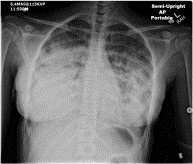
Fig. 2
Case 1.
Chest X-ray obtained prior to patient transfer demonstrating bilateral pulmonary infiltrates.
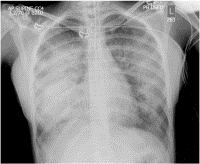
Fig. 3
Case 1.
Chest X-ray following the patient’s emergent intubation demonstrating bilateral “white out” pulmonary congestion.
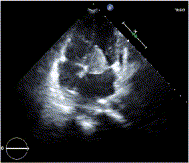
Fig. 4
Case 1.
Echocardiography during systole demonstrating dynamic myxoma propulsion into the left atrium.
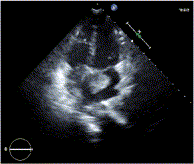
Fig. 5
Case 1.
Echocardiography during diastole demonstrating dynamic myxoma propulsion into the left ventricle.
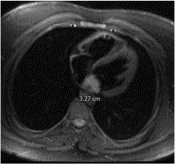
Fig. 6
Case 2.
MRI demonstrating a left atrial myxoma.
Abstract
Objective
Patients with occult, undiagnosed cardiac myxomas (CM) often present with acute complications that mimic other, more common, conditions. We describe two recently encountered patients who classically demonstrate this phenomenon and report the results of an integrative review of CM cases to define the characteristics of such patients.
Methods
A comprehensive 20-year review of reported cases that described patient-specific data of CM was performed. Using a standardized tool, the following elements were collected: age; gender; presenting symptoms and signs; diagnostic and management approaches; and outcomes.
Results
One hundred twenty-six cases of CM were identified. The mean patient age was 47.5 years (range, 6-90). Seventy (56%) were women. The most common mimic conditions initially being considered were cardiac complications, including acutely decompensated heart failure, myocardial infarction, dysrhythmia and sudden death (46%); systemic embolization, including cutaneous infarction and pulmonary embolism (23%); central nervous system embolization, including transient ischemic attack and acute stroke syndrome (22%); and constitutional conditions, such as fever, myalgia, arthralgia, fatigue, and myxoma infections (17%). Echocardiography proved to be a readily available and accurate diagnostic test. The majority of reported patients experienced full recoveries after surgical intervention.
Conclusions
CM is a rare but potentially life-threatening condition. Symptoms and signs relating to CM mimic other, more common conditions, resulting in diagnostic delay. Echocardiography can quickly and accurately diagnose CM and timely surgical intervention is curative. Clinician awareness of this condition, in a suggestive clinical context, will increase the likelihood of optimal patient outcome.
To access this article, please choose from the options below
Purchase access to this article
Claim Access
If you are a current subscriber with Society Membership or an Account Number, claim your access now.
Subscribe to this title
Purchase a subscription to gain access to this and all other articles in this journal.
Institutional Access
Visit ScienceDirect to see if you have access via your institution.
☆The authors have no commercial associations or sources of support that might pose a conflict of interest. This study did not receive external funding. Both authors have made substantive contributions to the study and endorse the data and conclusions. Reprints are not available from the authors.
Related Articles
Searching for related articles..



